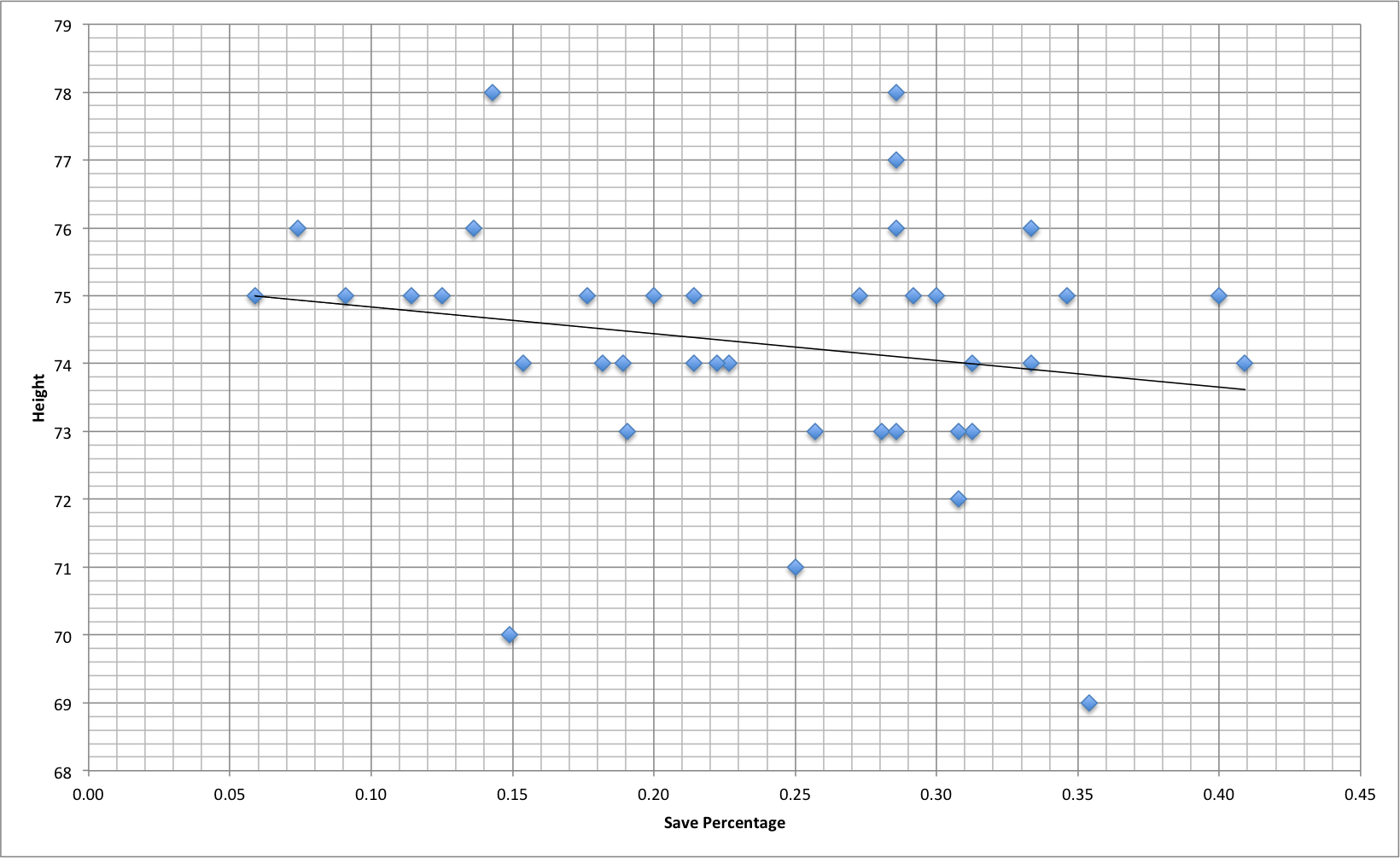It's unlikely there will be a game recap for Switzerland and Iceland but Solo made some interesting decisions against Norway that deserved a closer look.
In the fourth minute, a floated cross drops in. Solo runs out to collect, a decision that isn't right or wrong in itself. If she handles it well, then great, but there are enough numbers back that the risk in one option over the other is negligible. However, the argument is void because Solo lets the ball go through her hands.
The collision is distracting but not an excuse for poor technique to creep in. If anything, she should have fumbled the ball forward because her hands were too close. The ball is cleared out without harm but it should be remembered for her defense, as well as opposing offenses looking to score.
Norway takes a 1-0 lead before halftime in the 43rd minute that features another crossing situation for Solo.






Halfway through the cross, Solo correctly skips ahead with her eyes (second frame). She has a good angle of the upcoming header but her feet are a mess. The next frame shows her left foot on the ground but her right still descending. As the ball encroaches the goal, her one planted foot cannot jump because the other is coming down. Once her right foot is finally on the ground, the ball is a foot from the net and she can't get enough leverage to push the ball over the crossbar. She only leaves the ground after the ball has been scored. If she sorts out her jumpset, she can make the save with ease.
Her final notable participation came nine minutes into the second half where a shot results out of a scrum in front of the goal. Solo palms away the tenseful moment.



Most were quick to praise her goal line save but if she had conceded a goal it would have been on her shoulders. This is a save she is expected to make. It's close to the body and at an angle that the shot location is limited. Moreover, the reason she makes the save is not because she moved her hands to the ball but because she dropped her knees instead. Her hands actually move away from where the ball is going at first. Look at the difference between the first and second frame, her hands instinctively jut upwards and her wrists start to turn over. She gets back down for the ball because her knees buckle. Her left knee is actually still in the way, which is why she doesn't collapse to the ground. Ideally, she maintains her shape as the ball is struck and either kicks her right leg away from the ball to give room for her hand or makes the skatesave.
Granted, these three plays are a veteran plays. And, yes, a save is a save but Solo's mechanics are slow to react. As she approaches thirty-four, she will either start over-relying on her slowing reactions or rightfully trusting in sound technique. Switzerland and Iceland will not be as tough as a test but the USWNT goalkeeper situation raises an eyebrow with the World Cup on the horizon. Ashlyn Harris and Alyssa Naeher may need to be given a closer look.




